Says high schools need to ask their foundations to support the poor and economically challenged families
On February 3, 2015 Yavapai Community College President Penelope Wills answered questions about post-secondary problems, which were put to here by the Blue-Ribbon Verde Valley Board Advisory Committee. One of those questions asked whether the College would give special consideration to the poor and economically challenged families whose children wanted to take dual enrollment courses but could not afford the new fee the College intends to impose on them.
Wills’ made it clear she has little sympathy for their plight. Her bottom line solution to paying for the College credits was to have County High School Foundations, if they exist, provide for them.
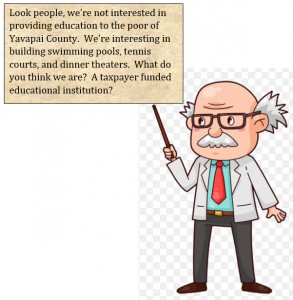
In her response to the VVBAC question, which you can listen to in full by clicking here, she listed a number of gripes she had with the County High Schools over this program. They included:
- Some High schools are irresponsibly “going wild” when asking for dual enrollment classes.
- Some students don’t have “skin-in-the-game,” which probably means she believes they don’t take the courses seriously unless they have to pay something for them.
- Students are “skipping” Yavapai Community College after graduation (anyone wonder why?)
- Administrative costs have suddenly mushroomed, with her estimate being that it now costs $300,000 in administration to run the program.
- Offers by High Schools to take over administration costs have been rejected by the College because not all High Schools have the capability of providing the data.
- The College doesn’t get tuition from the students (even though it doesn’t provide faculty, rooms, utilities, transportation, etc.)
- The best success for dual enrollment programs is to hold them on a college campus.
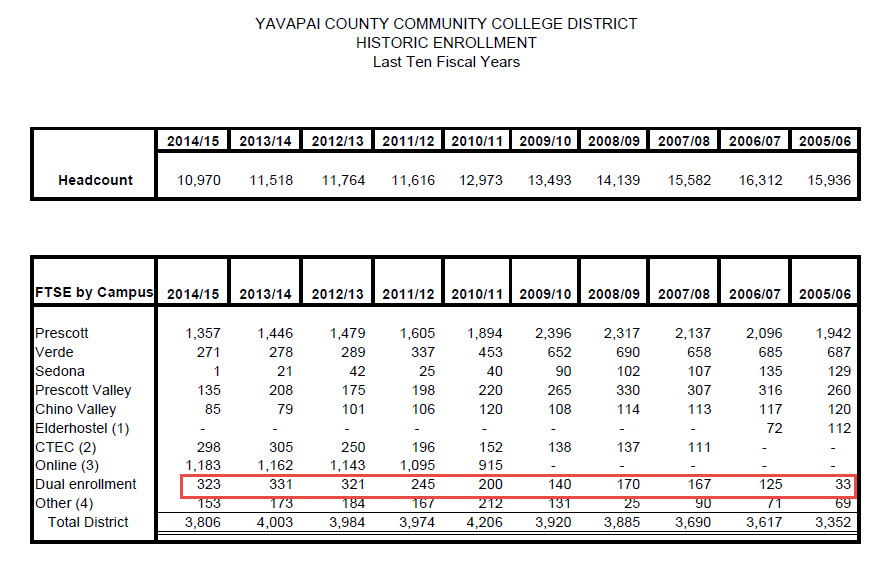


 The Chair of the Verde Valley Board Advisory Committee, Mr. Paul Chevalier, reported to the District Governing Board at its January 12 meeting that all seven of the representatives on the Advisory Committee recommended no fee be assessed to high school students in the dual enrollment program.
The Chair of the Verde Valley Board Advisory Committee, Mr. Paul Chevalier, reported to the District Governing Board at its January 12 meeting that all seven of the representatives on the Advisory Committee recommended no fee be assessed to high school students in the dual enrollment program. 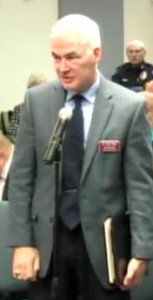

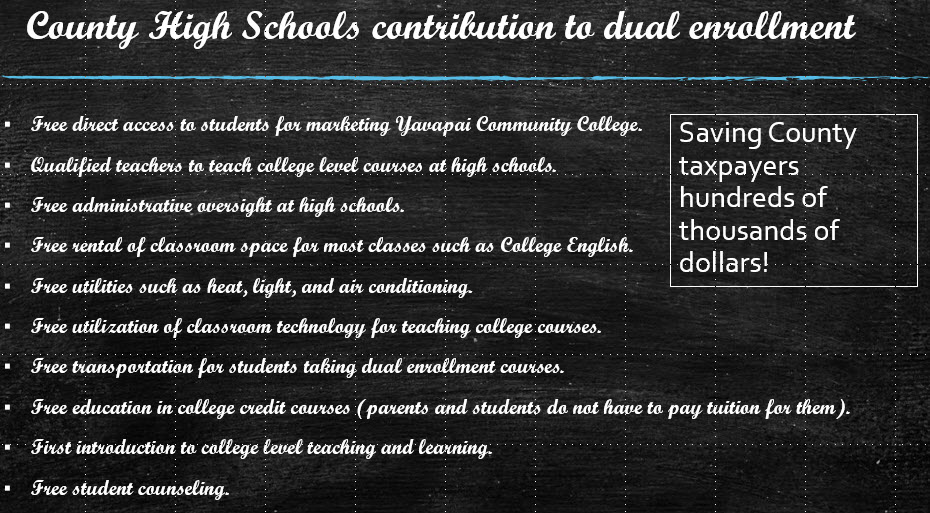
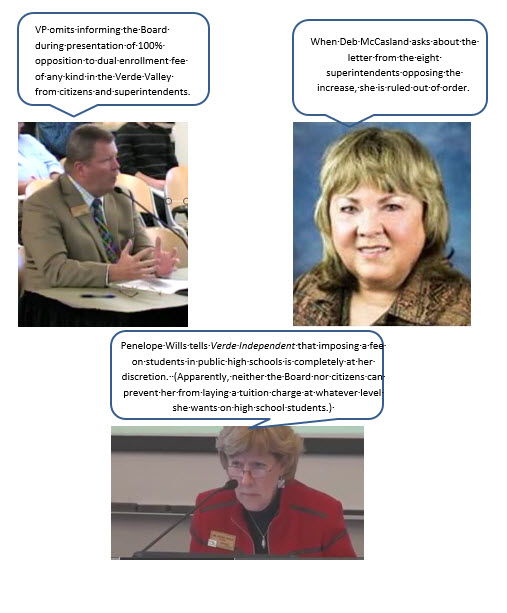
 During a meeting of Sedona/Verde Valley high school superintendents’ last week, interim College Vice President of Instruction and Student Development Scott Farnsworth indicated the College was demanding a $10 per credit fee per student for allowing the high school dual enrollment program to continue. This was met with opposition from the superintendents who explained that the high schools are currently struggling to survive under the strain of enormous educational funding cuts by the State. The superintendents were apparently given one-year to decide whether they would go along with the College’s demands.
During a meeting of Sedona/Verde Valley high school superintendents’ last week, interim College Vice President of Instruction and Student Development Scott Farnsworth indicated the College was demanding a $10 per credit fee per student for allowing the high school dual enrollment program to continue. This was met with opposition from the superintendents who explained that the high schools are currently struggling to survive under the strain of enormous educational funding cuts by the State. The superintendents were apparently given one-year to decide whether they would go along with the College’s demands.